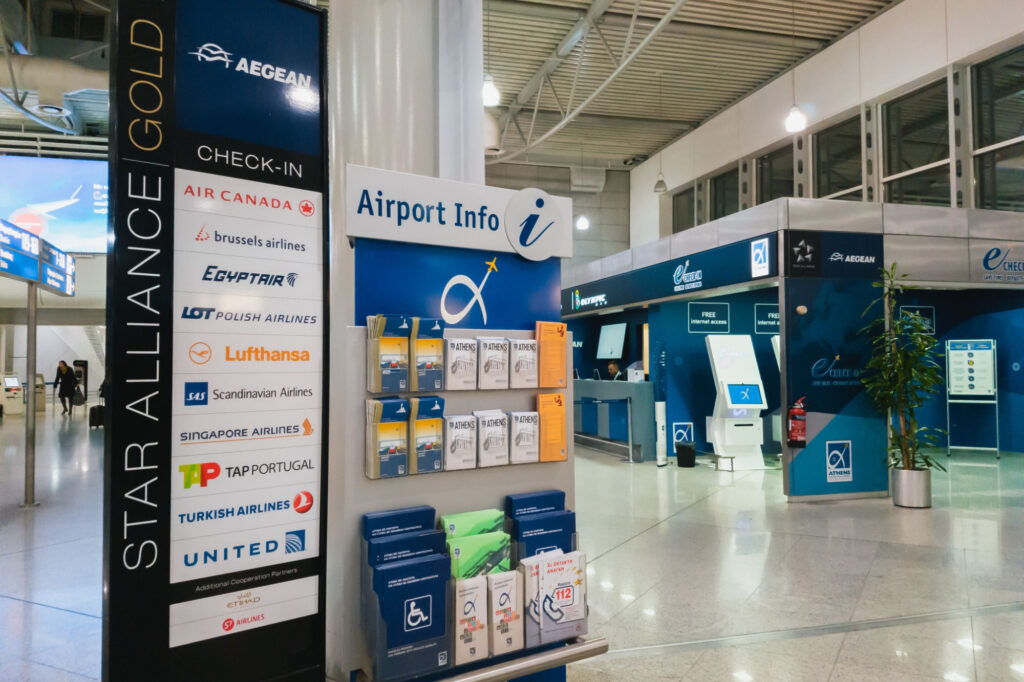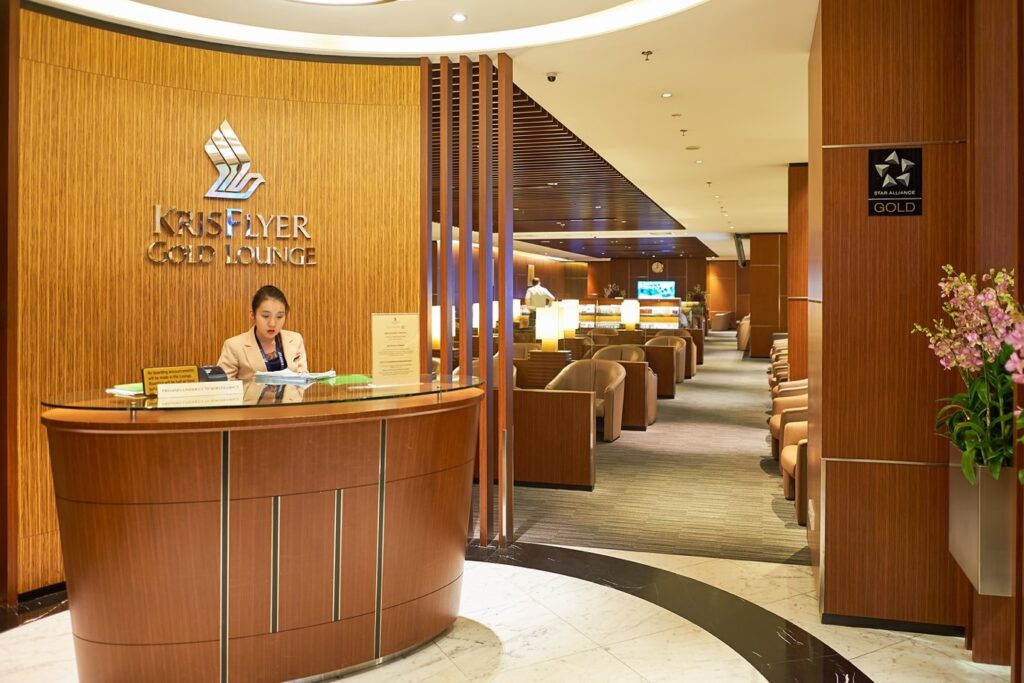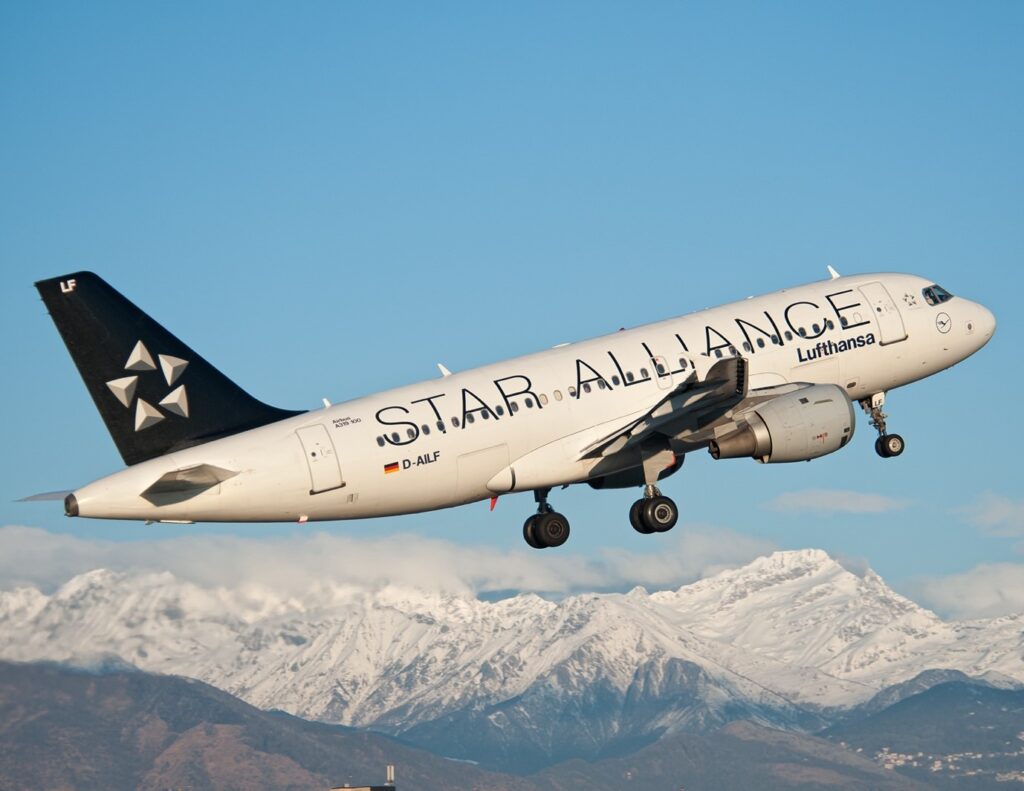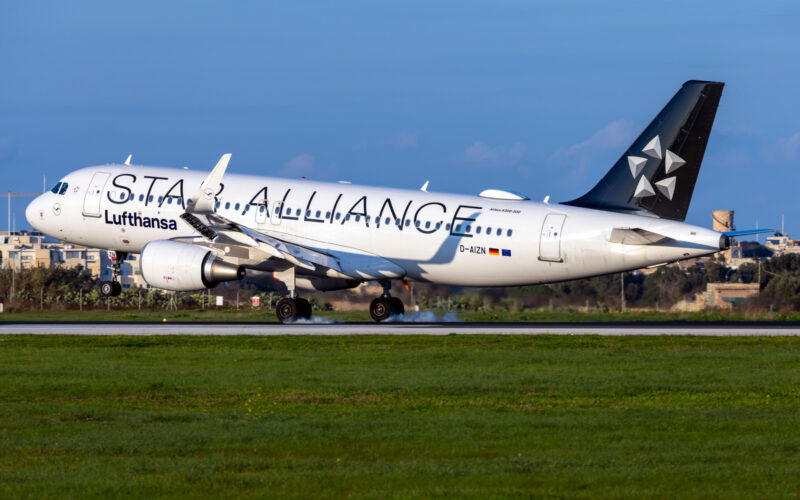What is Star Alliance?
Star Alliance is the world’s largest airline alliance, comprising a vast network of member airlines that work together to provide enhanced connectivity, seamless travel experiences, and a range of benefits to passengers. It was first established in 1997 and has since grown to become a prominent force in the global aviation industry.
The primary goal of Star Alliance is to offer customers a comprehensive and convenient travel network by connecting member airlines’ routes and services. By collaborating, member airlines can expand their reach and provide passengers with a wider range of destinations, flight options and amenities.
As previously mentioned, one of the key advantages of Star Alliance is the ability to provide seamless travel experiences. Passengers can book itineraries that involve multiple flights on different member airlines, and enjoy benefits such as through check-in, baggage handling, and smooth connections. This makes travel more convenient and efficient, particularly for passengers with connecting flights.
Star Alliance also offers a range of benefits to its passengers. These include access to airport lounges, priority services, extra baggage allowances, and the ability to earn and redeem miles across member airlines’ frequent flyer programs. Elite members of member airlines’ loyalty programs can also attain Star Alliance Gold Status, granting them additional privileges when traveling with any alliance member.

Benefits of Star Alliance membership
Benefits offered by the various airlines include:
- Easy to book a flight: passengers can book flights directly with any Star Alliance member airline or through travel agencies and online booking platforms. When booking, travelers can choose flights that best suit their itineraries, taking advantage of the extensive route network offered by the alliance.
- Global network: being part of Star Alliance gives airlines and their passengers access to a vast global network, connecting more than 1,300 destinations in over 190 countries. This extensive network offers travelers unparalleled connectivity and the ability to seamlessly travel across multiple airlines and destinations.
- Frequent flyer benefits: Star Alliance offers a comprehensive frequent flyer program known as ‘Miles & More’. Passengers can earn and redeem miles on any Star Alliance member airline, allowing them to accumulate rewards faster and enjoy a wide range of benefits, including free flights, upgrades, and access to exclusive airport lounges.
- Smooth transfers: Star Alliance provides passengers with smooth and convenient transfers between member airlines. Passengers can easily connect between flights, through check-in and baggage handling, ensuring a hassle-free travel experience.
- Lounge access: Star Alliance Gold Status holders and premium cabin passengers enjoy access to over 1,000 airport lounges worldwide, providing a comfortable and relaxing environment before or between flights. These lounges offer amenities such as complimentary food and beverages, Wi-Fi, workspaces, and shower facilities.
- Priority services: Star Alliance Gold Status holders receive priority services, including priority check-in, boarding, and baggage handling. This allows passengers to enjoy faster and more efficient travel, reducing wait times and enhancing the overall experience.

Star Alliance members
Star Alliance consists of 26 member airlines from around the world. These airlines represent a diverse range of carriers, including full-service airlines, regional airlines, and low-cost carriers.
Some of the prominent members of Star Alliance include:
- Air Canada: Canada’s largest airline and a major global carrier. It joined the Star Alliance in 1997, shortly after the alliance was formed.
- Lufthansa: Germany’s flag carrier and one of the largest airlines in Europe. It became a member of the Star Alliance at its inception in 1997.
- United Airlines: one of the largest airlines in the United States, it joined the Star Alliance in 1997.
- Singapore Airlines: a major airline renowned for its excellent service, it became a member of the Star Alliance in 2000.
- ANA (All Nippon Airways): is one of Japan’s largest airlines and has been a member of the Star Alliance since 1999.
- Scandinavian Airlines (SAS): is the largest airline in Scandinavia. It joined the Star Alliance in 1997 and its membership has allowed SAS to expand its global reach and offer passengers a comprehensive network of destinations.
- Air New Zealand: New Zealand’s national carrier became a member of the Star Alliance in 1999. The airline is recognized for its innovative approach and commitment to customer service.
- Turkish Airlines: Turkey’s national carrier joined the Star Alliance in 2008. Since then, it has emerged as one of the fastest-growing airlines globally.

Other alliance members include:
- Aegean Airlines since 2010
- Air China since 2007
- Air India since 2014
- Asiana Airlines since 2002
- Austrian Airlines since 2000
- Avianca since 2012
- Brussels Airlines since 2009
- Copa Airlines since 2012
- Croatia Airlines since 2004
- Egyptair since 2008
- Ethiopian Airlines since 2011
- Eva Air since 2013
- LOT Polish Airlines since 2003
- Shenzhen Airlines since 2012
- South African Airways since 2006
- SWISS since 2006
- TAP Air Portugal since 2005
- Thai Airways since 1997
Partnerships
In addition to its member airlines, Star Alliance has formed partnerships with various other airlines, expanding its reach and offering even more travel options to passengers. These partnerships include:
- Connecting Partners: Star Alliance has established agreements with select airlines known as ‘Connecting Partners’. These airlines, although not full members, provide access to additional destinations and connectivity within specific regions.
- Codeshare Agreements: Star Alliance members often have codeshare agreements, allowing them to sell tickets on behalf of their partner airlines. This enables passengers to book and travel on flights operated by multiple airlines while enjoying the benefits and services provided by the Star Alliance network.
How to join Star Alliance?
To join Star Alliance, an airline must go through a rigorous evaluation process to ensure that it meets the alliance’s quality and service standards. The criteria for joining include operational excellence, a strong network, and a commitment to customer service.
Airlines interested in joining Star Alliance must apply for and complete a comprehensive assessment. The assessment involves an evaluation of the airline’s financial stability, operational capabilities, product and service quality, and compatibility with the existing alliance members. Once the evaluation is complete and the airline has met the requirements, it can be invited to join Star Alliance as a full member or a connecting partner.

